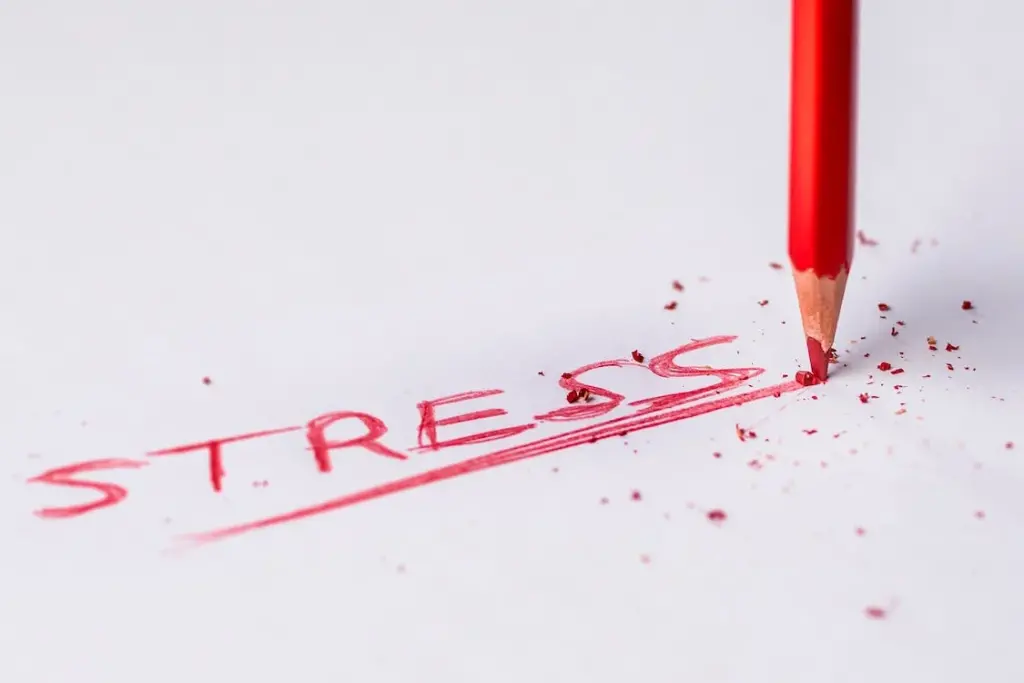Concern has been raised about the burnout rate among 1122 professionals, commonly referred to as emergency medical services (EMS) people, in the always demanding sector of emergency services. These committed people, who work on the front lines as emergency medical technicians (EMTs) and paramedics, deal with stressful situations and frequently see upsetting incidents on a regular basis. For this reason, it is essential to recognize and manage burnout in this community in order to preserve the health of the staff members as well as the patients they assist.
Table of Contents
Firewall Causes:
1. High Stress Environments:
Being an emergency services worker exposes you to difficult events all the time, such as medical emergencies, natural catastrophes, and accidents. Under such conditions, the pressure to perform well might result in emotional tiredness.

2. Long Hours and Shift Work:
Emergency medical technicians frequently put in long shifts that include weekends, holidays, and evenings. This erratic schedule might interfere with sleep cycles and make it difficult to strike a healthy work-life balance.
3. Traumatic Experiences:
Emergency Medical Services workers’ mental health may suffer greatly when they respond to situations involving serious injuries, fatalities, or acts of violence. Burnout and compassion fatigue can result from repeated trauma exposure in the absence of sufficient support
Effects of Burnout:
1. Decreased Performance:
Burnout can have a detrimental effect on one’s capacity to perform at work, resulting in mistakes, a drop in productivity, and an inability to concentrate on important tasks. Patient care and safety may be jeopardized by this.
2. Physical Health Issues:
Headaches, tense muscles, exhaustion, and digestive disorders are a few examples of how chronic stress and burnout can present as physical symptoms. Long-term stress exposure may also raise the risk of heart disease and other major medical disorders.
3. Mental Health Challenges:
Anxiety, depression, and post-traumatic stress disorder (PTSD) are among the mental health conditions that are strongly associated with burnout. If appropriate treatment is not received, these illnesses may deteriorate over time and have a long-lasting impact on a person’s health.

Solutions and Coping Strategies:
1. Self-Care Practices:
Exercise, meditation, hobbies, and quality time with loved ones are examples of self-care activities that EMS personnel should emphasize in order to lessen the impacts of stress and burnout.
2. Peer Support Programs:
Establishing peer support programs inside EMS organizations can give staff members a secure setting in which to talk about their experiences, ask for guidance, and support one another emotionally.
3. Access to Mental Health Resources:
In order to treat any psychological issues that they might be experiencing, it is crucial to guarantee that emergency medical services (EMS) personnel have private access to mental health services, such as counseling and therapy.
4. Training and Education:
EMS workers can be better prepared to handle the demands of their line of work by receiving training in stress management, resilience-building methods, and coping skills..

5. Workplace Policies:
EMS workers are less likely to experience burnout if work-life balance, overtime restrictions, and sufficient vacation time are implemented.
Conclusion:
up, combating the burnout rate among 1122 professionals necessitates a multidimensional strategy that tackles the underlying sources of stress and offers extensive support networks. We can make sure that EMS workers are better prepared to carry out their crucial role in saving lives and providing excellent service to their communities by placing a high priority on their well-bein

